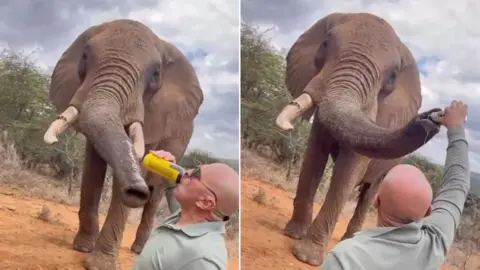In a remarkable environmental initiative, Oklahoma has set a standard for cleaning up its waterways, emphasizing the need for clever livestock management to restore landscapes. Farmers have been pivotal in this movement, with innovative solutions yielding significant outcomes for local ecosystems.
Grant Victor, a farmer with generations of history in northeast Oklahoma, implemented a transformation in his land management. Understanding the detrimental impact of cattle on waterways, he took the brave step of fencing off Horse Creek, a stream that traverses his family’s pastures. The challenge was significant—keeping cows away from their traditional grazing areas, which comprised 220 acres of his land. However, Victor remained resolute.
The creek had endured over a century of hoof traffic, rendering the banks muddy and the waters polluted with sediment and waste. In 2016, motivated by a conservation program, Victor installed protective fencing around the creek, establishing a riparian buffer that would allow nature to heal. His efforts have not only improved the health of Horse Creek—removing it from the list of heavily contaminated waterways in Oklahoma—but also led to a noticeable return of wildlife in the area and a reduction in veterinary bills.
Thanks to Victor and other farmers adopting similar practices, the state's waterways are witnessing a revival. Over 100 streams, once plagued with pollution predominantly from agricultural runoff, have undergone restoration, positioning Oklahoma as a leader in groundwater cleansing efforts. According to the Environmental Protection Agency, no other state has achieved such extensive success.
This story serves as a reminder that local solutions are essential in environmental stewardship. As Oklahoma charts a path toward healthier streams, it highlights the benefits of collaboration between farmers and environmental initiatives, demonstrating how traditional practices can evolve to sustain both agriculture and natural ecosystems.





















